
Physicians find that additional treatment is not required for many patients.

Physicians find that additional treatment is not required for many patients.

According to investigators, patients implanted with diffractive multifocal IOLs had notable declines in the corrected distance visual acuity, distance corrected near VA, and near area of focus with aging

Informed guidelines are needed to diagnose and treat COVID-19 patients with neurologic manifestations, according to investigators.
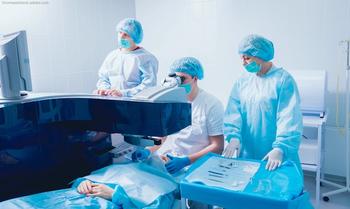
The application of mitomycin C after corneal cross-linking does not prevent development of corneal haze after the procedure, but it does contribute to development of more corneal haze.

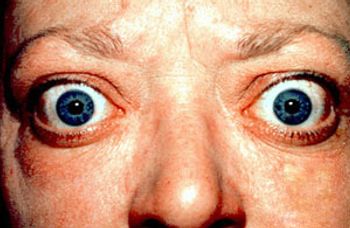
An evaluation conducted by the appropriate specialist is the most important factor in diagnosing and managing this patient population.
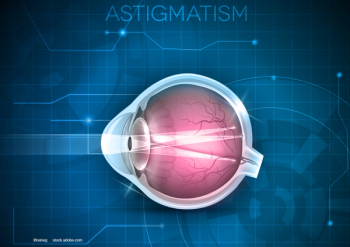
Striving to improve outcomes is important because of the negative effect of astigmatism on patients’ vision postoperatively.

The investigators believe that, based on their findings, the impact of COVID-19 on the autonomous nervous system warrants further prospective studies and assessment of pupillary function might be a useful test for determining autonomic dysfunction.

Investigators say study validates the importance of history-based donor screening while also demonstrating that postmortem PCR testing as a criterion for procurement and subsequent use of tissue isn’t necessary.

The rate of adverse events was low in this higher risk, difficult-to-manage population of special-needs children, noted Margaret Reynolds, MD.

The new procedure eliminates the need for scleral flaps by positioning the T-shaped IOL haptics in the scleral wall.

According to investigators, the elevated risk is associated with cataract type, case complexity, and history of DME/PDR.

Consecutive intravitreal dexamethasone treatments may be beneficial for patients with DME patients who had undergone a previous vitrectomy.

Delayed presentations and acute shortage of donor corneal tissues for emergency keratoplasty are among reasons given for adverse outcome.

The improvement became evident during an average time of 6 months.

The approach seems to provide high levels of spectacle independence and patients' satisfaction, with limited complications associated.

Approach shows potential as a promising second-line screening tool for patients with diabetes.

With every 10-year increase in patient age, the risk of the patients needing concomitant administration of steroid eye drops decreased by half, according to investigators.

A virtual, risk-based approach to preoperative medical evaluations for cataract surgery may be associated with safe and efficient outcomes, according to study investigators.

Analysis finds acceptable outcomes can be expected when pterygium surgery is performed by a supervised ophthalmology resident.

Spectacle independence is not the main factor that determines patients’ lens selections, according to study investigators.

Investigators have cited the need for pharmacologic and non-pharmacologic interventions to improve the ongoing burden after hospitalization for COVID-19.

A team of Danish investigators have found an increased link between the Moderna vaccination and development of myocarditis or myopericarditis. Meanwhile, the Pfizer vaccination was found to have a significantly increased risk of cardiac adverse effects only among women.

Several research giants will team up to beat rare diseases that are currently using gene therapy.
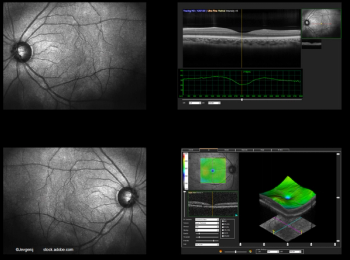
The difference in visual acuities based on CST fluctuations in these patients with diabetic macular edema remained significant.

An elevated risk may be associated with the cataract type, case complexity, and history of diabetic macular edema or proliferative diabetic retinopathy.
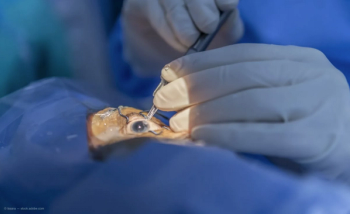
For surgeons, the decision goes beyond clarifying a patient’s vision.

Although graft rejection has not been associated with vaccinations, concern remains.

Impairment of corneal sensory innervation causes reduction of both protective reflexes and trophic neuromodulators that are essential for the vitality, metabolism, and wound healing of the ocular surface.
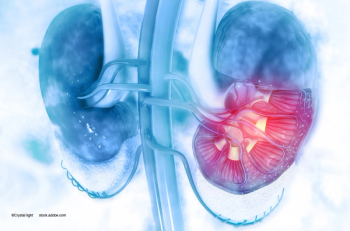
Investigators say renal function could be used as a possible predictor for poor treatment response in certain patients with diabetic macular edema.